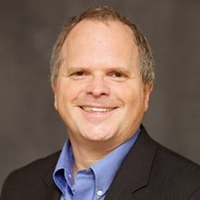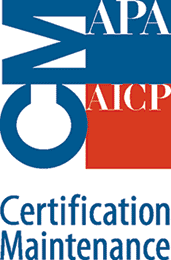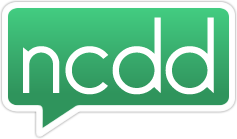Learn how to achieve true diversity and engage 1,000s of residents for your next transit plan.
Transit agencies struggle to engage traditionally underrepresented audiences. Younger demographics, women, people of color, older adults, and lower income families are frequently missing from outreach efforts on transit planning projects. Not only does this underrepresentation make it difficult to defend the results of outreach efforts, these difficult to reach populations also make up the highest percentage of transit riders. Their voice is critically important to the creation of a transit system that truly meet the needs of people who need it most.
LA Metro places a high importance on reaching the true breadth of the community they serve. Given the digital divide, technology has often been thought of as a barrier to engaging difficult to reach populations. However, the outreach results of LA Metro’s NextGen Bus Study prove it may be time to rethink the role of technology in achieving true equity in public engagement.
The results speak for themselves. Strategic distribution of project information resulted in more than 10 million touchpoints with LA County residents. This includes engaging 6,900 residents through an online survey, of which 59% were people of color with a balance of genders, age groups, zip codes, and income levels that equitably represents the diverse community of LA County. Additionally, a series of 20 public workshops opened a dialog between Metro service planning and more than 1,000 residents. This broad engagement translated into stronger community and political support for transit and provided new insights into community priorities that eluded planners in the past.
Together we’ll explore modern ways to:
“The presentation was really well put together. I really enjoy when a presenter is able to get to the key takeaway first then dive into the specifics of that takeaway. Well done.”
“Great suggestions for thinking outside the box when it comes to public engagement.”
“This was a very helpful and insightful presentation. It provided good evidence on the effectiveness of online community engagement.”

Robert Calix
Senior Manager, Transportation Planning in Communications, Los Angeles County Metropolitan Transportation Authority
Robert is an experienced Senior Manager, Transportation Planning in the Communications Department with a demonstrated work history in the public transportation industry with an emphasis on transportation planning, project management, and strategic communications. He is skilled in Countywide Planning, Project Management, Strategic Communications, Business Management, Real Estate Brokerage, Conflict Resolution, Finance and Budget, and Contract Management. Robert has strong operations professional with a degree in Business Administration: Finance and Accounting from the University of California, Berkeley.

Simone Robinson
Principal, Public Participation Partners (P3)
Melissa is responsible for project public information management, development of communications programs, strategic planning and outreach coordination. Building from instrumental traditional outreach tools, she plays a key role in developing and implementing innovative digital engagement and technology tools applied throughout the firm. Melissa currently manages the Social Media Programs for AA as well as several major transportation and planning projects, including development of an innovative GeoSocial Interactive Project Map; producing live broadcast of public meetings and development of project social media pages and websites. She has worked on small to large-scale public programs.

Dave Biggs
Chief Engagement Officer, MetroQuest
Dave is a die-hard champion of community engagement and has built a reputation for leading edge community outreach. He is an internationally-recognized speaker, author, and public engagement strategist focusing on the use of software tools to enhance community participation for planning projects. Dave is honored to serve as an advisor on best practices for public involvement to many planning agencies such as APA, FHWA, and TRB and public participation organizations such as IAP2 and NCDD.
Thank you to our webinar sponsors!
Educational credit available through the APA.


